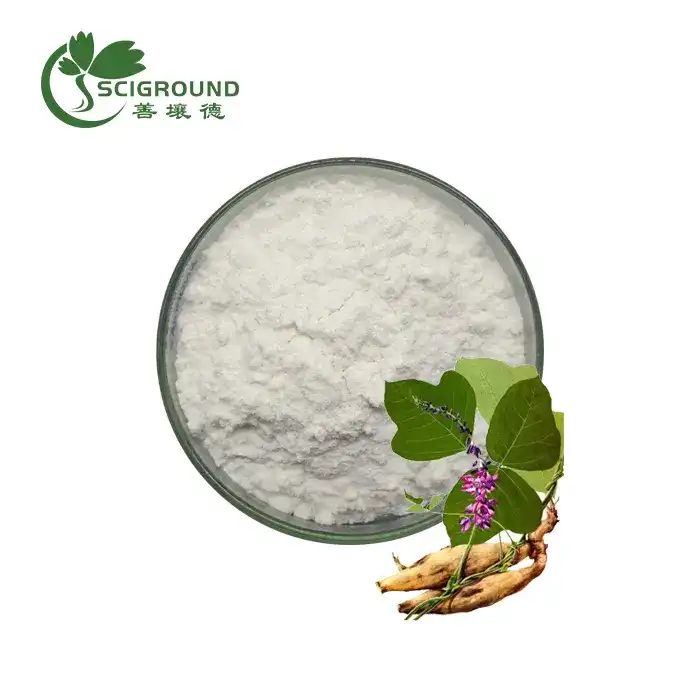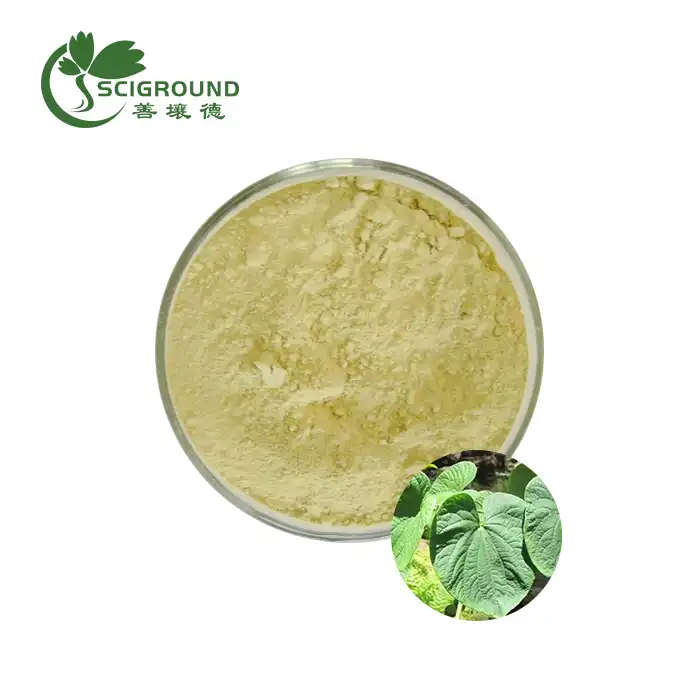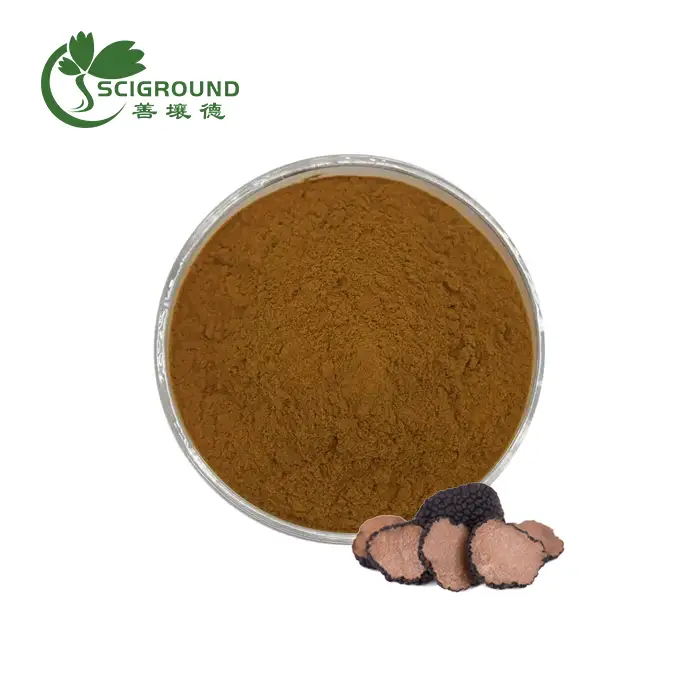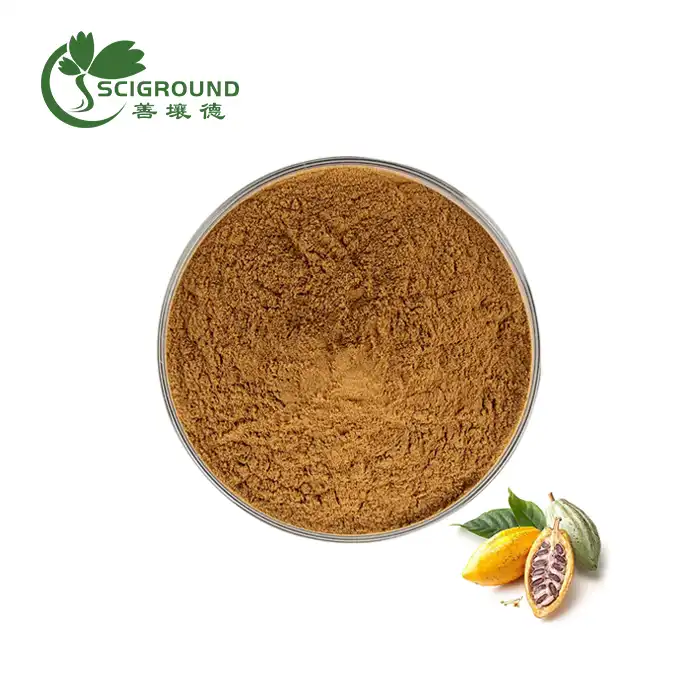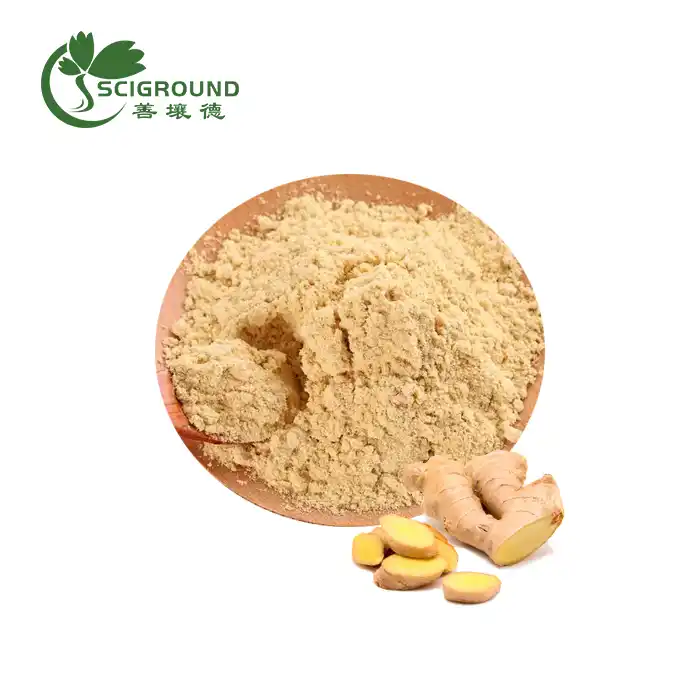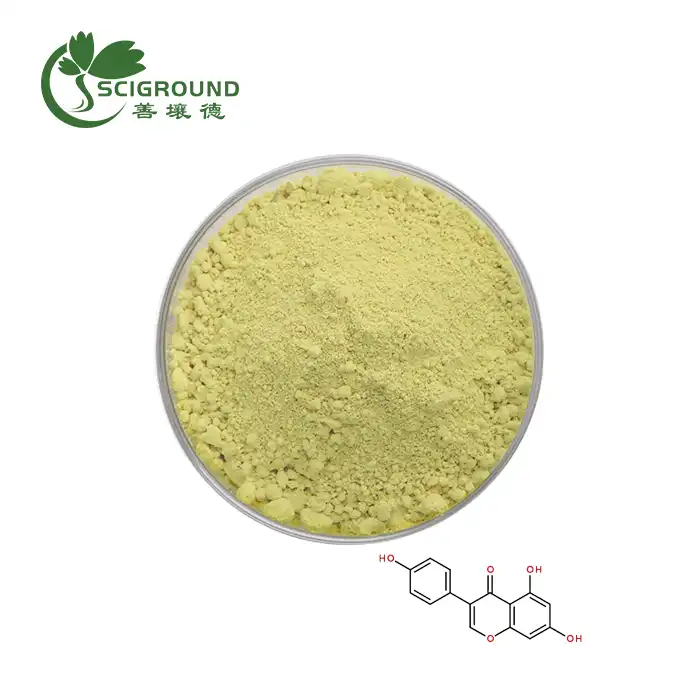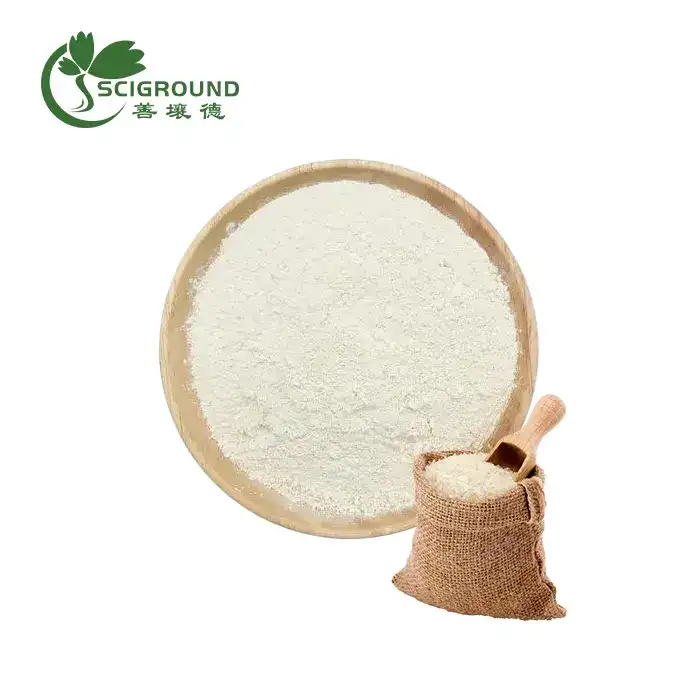What do anthocyanins do to your body?
Anthocyanins, the vibrant pigments responsible for the rich hues of many fruits and vegetables, are more than just nature's color palette. These powerful compounds have garnered significant attention in the scientific community for their potential health benefits. From supporting heart health to potentially slowing cancer growth, anthocyanins are proving to be a valuable ally in maintaining overall wellness. Let's delve into the world of anthocyanins and explore their effects on the human body.
Anthocyanins belong to a larger group of plant compounds called flavonoids. They are found abundantly in deeply colored fruits and vegetables, such as blueberries, blackberries, raspberries, purple grapes, red cabbage, and purple sweet potatoes. When consumed, these compounds interact with various systems in our body, potentially offering a range of health benefits.
Research has shown that anthocyanins possess potent antioxidant and anti-inflammatory properties. These characteristics allow them to combat oxidative stress and inflammation, two factors that are often at the root of many chronic diseases. But before we dive into the healing properties of anthocyanins, it's important to understand their potential drawbacks and primary purposes in nature.
What are the disadvantages of anthocyanins?
While anthocyanins offer numerous potential health benefits, they do come with some limitations that are worth considering:
- Low Stability: One of the main disadvantages of anthocyanins is their extremely low stability. Various factors can influence their stability, including humidity, light exposure, pH levels, temperature, and the presence of certain compounds like sugars, vitamin C, and metal ions. This instability can lead to changes in concentration and bioactivity, potentially affecting their efficacy.
- Limited Bioavailability: Studies have shown that the bioavailability of anthocyanins is typically less than 1%. This means that only a small fraction of the anthocyanins consumed actually gets absorbed and utilized by the body. The glycosidic radical plays a role in bioavailability, with non-acylated anthocyanins being absorbed more efficiently than acylated ones.
- Susceptibility to Degradation: Anthocyanins can degrade through various processes, including polymerization, cleavage, and derivatization. These processes can result in color changes or loss, potentially impacting their functional properties.
- Variability in Food Sources: The anthocyanin content in foods can vary significantly based on factors like growing conditions, ripeness, and storage methods. This variability can make it challenging to consistently obtain optimal amounts through diet alone.
Despite these limitations, the potential benefits of anthocyanins often outweigh their disadvantages, especially when consumed as part of a balanced diet rich in fruits and vegetables.
What is the purpose of anthocyanin?
In nature, anthocyanins serve several crucial functions for plants:
- Photoprotection: One of the primary purposes of anthocyanins is to protect plants from excessive light exposure. They act as a natural sunscreen, absorbing excess photons that would otherwise be intercepted by chlorophyll b, thus preventing photoinhibitory damage to the plant's tissues.
- Attraction of Pollinators and Seed Dispersers: The vibrant colors produced by anthocyanins help attract pollinators like bees and butterflies, as well as animals that aid in seed dispersal. This plays a crucial role in plant reproduction and propagation.
- Stress Response: Plants often produce anthocyanins in response to various environmental stressors, including drought, cold temperatures, and nutrient deficiencies. These compounds help protect the plant cells from damage under these adverse conditions.
- Antioxidant Defense: Anthocyanins act as powerful antioxidants in plants, neutralizing harmful free radicals and protecting cellular structures from oxidative damage.
- Temperature Regulation: In some plants, anthocyanins may help regulate leaf temperature by absorbing different wavelengths of light.
Interestingly, while anthocyanins play a crucial role in plant survival and reproduction, their consumption by humans has led to the discovery of numerous potential health benefits.
What are the healing properties of anthocyanins?
The healing properties of anthocyanins have been the subject of extensive research, revealing a wide range of potential health benefits:
- Cardiovascular Health: Anthocyanins have shown promise in supporting heart health. They may help lower blood pressure and reduce the risk of atherosclerosis by decreasing cholesterol levels and inflammation. A review of 66 studies found a consistent blood pressure-lowering effect in participants with hypertension who consumed anthocyanin-rich extracts.
- Neuroprotection: Research suggests that anthocyanins may help protect and improve brain function. One study found that daily consumption of cherry juice improved speech and memory in older adults with mild to moderate dementia. Another study reported increased blood flow to brain areas controlling memory, language, and attention after anthocyanin consumption.
- Anti-cancer Properties: While more research is needed, preliminary studies suggest that anthocyanins may have anti-cancer properties. They may help block DNA changes that lead to cancer, inhibit cancer cell growth, prevent tumors from becoming malignant, and even increase the sensitivity of tumors to chemotherapy.
- Anti-inflammatory Effects: The anti-inflammatory properties of anthocyanins may help in managing chronic inflammatory conditions. This could potentially benefit individuals with conditions like arthritis or inflammatory bowel diseases.
- Metabolic Health: Some studies have shown that anthocyanins may help in managing blood sugar levels and could potentially aid in preventing obesity and diabetes. For instance, a study on mice found that anthocyanins from purple corn, when consumed alongside a high-fat diet, inhibited weight gain and increases in adipose tissue.
- Eye Health: Anthocyanins may support eye health by protecting against light-induced damage to the retina and potentially reducing the risk of cataracts and glaucoma.
- Antimicrobial Activity: Some research suggests that anthocyanins may have antimicrobial properties, potentially helping to fight off harmful bacteria and viruses.
It's important to note that while these potential benefits are promising, more research is needed to fully understand the effects of anthocyanins on human health. Many studies have been conducted in laboratory settings or on animals, and more human clinical trials are necessary to confirm these benefits and establish optimal dosages.
Incorporating anthocyanin-rich foods into your diet is generally considered safe and may contribute to overall health and wellness. Foods high in anthocyanins include berries (such as blueberries, blackberries, and raspberries), purple grapes, red cabbage, purple sweet potatoes, and black rice. These can be easily added to your daily meals in various ways, from smoothies and salads to side dishes and desserts.
While anthocyanin supplements are available, it's generally recommended to obtain these compounds through whole foods whenever possible. This ensures you're getting a range of other beneficial nutrients and compounds that work synergistically with anthocyanins.
In conclusion, anthocyanins are fascinating compounds that play crucial roles in both plant health and potentially human health. While they do have some limitations, their potential benefits make them a valuable component of a healthy diet. As research continues to unfold, we may discover even more ways in which these colorful compounds contribute to our overall well-being.
References:
- Tsuda, T., Horio, F., Uchida, K., Aoki, H., & Osawa, T. (2003). Dietary cyanidin 3-O-β-D-glucoside-rich purple corn color prevents obesity and ameliorates hyperglycemia in mice. Journal of Nutrition, 133(7), 2125-2130.
- Kent, K., Charlton, K., Roodenrys, S., Batterham, M., Potter, J., Traynor, V., ... & Richards, R. (2017). Consumption of anthocyanin-rich cherry juice for 12 weeks improves memory and cognition in older adults with mild-to-moderate dementia. European Journal of Nutrition, 56(1), 333-341.
- Wang, L. S., & Stoner, G. D. (2008). Anthocyanins and their role in cancer prevention. Cancer Letters, 269(2), 281-290.
- Khoo, H. E., Azlan, A., Tang, S. T., & Lim, S. M. (2017). Anthocyanidins and anthocyanins: colored pigments as food, pharmaceutical ingredients, and the potential health benefits. Food & Nutrition Research, 61(1), 1361779.
- Pojer, E., Mattivi, F., Johnson, D., & Stockley, C. S. (2013). The case for anthocyanin consumption to promote human health: A review. Comprehensive Reviews in Food Science and Food Safety, 12(5), 483-508.
- Lila, M. A. (2004). Anthocyanins and human health: An in vitro investigative approach. Journal of Biomedicine and Biotechnology, 2004(5), 306-313.
Are you interested in incorporating high-quality anthocyanin powder into your products or research? Shaanxi SCIGROUND offers premium Anthocyanin Powder and Anthocyanin Extract Powder, sourced from nature and processed with the utmost care to maintain potency and purity. For more information or to discuss your specific needs, please contact us at info@scigroundbio.com. Let's explore how our anthocyanin products can enhance your offerings and contribute to better health outcomes.
Related Industry Knowledge
- What is Organic Grifola Frondosa?
- What is Orange Juice Powder?
- What is apple extract good for?
- Why are ginkgo leaves special?
- What is the agar powder?
- What You Need to Know about American Ginseng
- Is Wasabi Powder the Same as Horseradish Powder?
- Inulin Foods
- Dandelion Root Extract Powder: A Natural Remedy for Your Health
- Wheat Protein: A Versatile and Nutritious Powerhouse for Your Health
